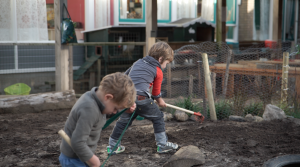
At Casa, the outside work activities are a big attraction for children and adults alike. Visitors are fascinated as they watch children work with tools, care for the animals, perform their own experiments, and work in the garden. They see the children learning skills that they will carry with them throughout their entire life. As a direct link to our 5th pillar: Nature as our Teacher, these spaces are integral to the education of our children.
When a child is new to the Children’s House (ages 3 - 6), the outside environment is a big help as they transition from home. Just having this special area makes it easier for them by drawing their attention, and cultivating their fascination.
They are introduced first to the outside activity guide, who then takes over by showing the children what they can do outside:
- Caring for the animals,
- Working in the sand/ mud corner,
- Creating pathways for the marbles
- Planting seeds and caring for the plants in the green house,
- Digging,
- Observing insects and plants,
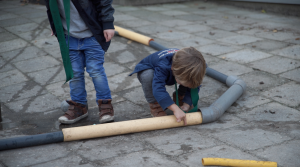
- Construction which includes hammering, sawing, and building,
- Measuring,
- Working with magnets,
- and a few other activities similar to what they also have available in class.
From here, it is up to the child what they will do next. Some of them start to work immediately, some want to watch the other children first, and others need further lessons and guidance.

Under the watchful eyes of the guide, there is a lot to do in the outside work environment. After first receiving a lesson in how to use the materials, the children are able to practice their skills in all areas.
The form of activities become more complex as the children grow older and have mastered each previous step. They are also able to work more independently as they grow older.
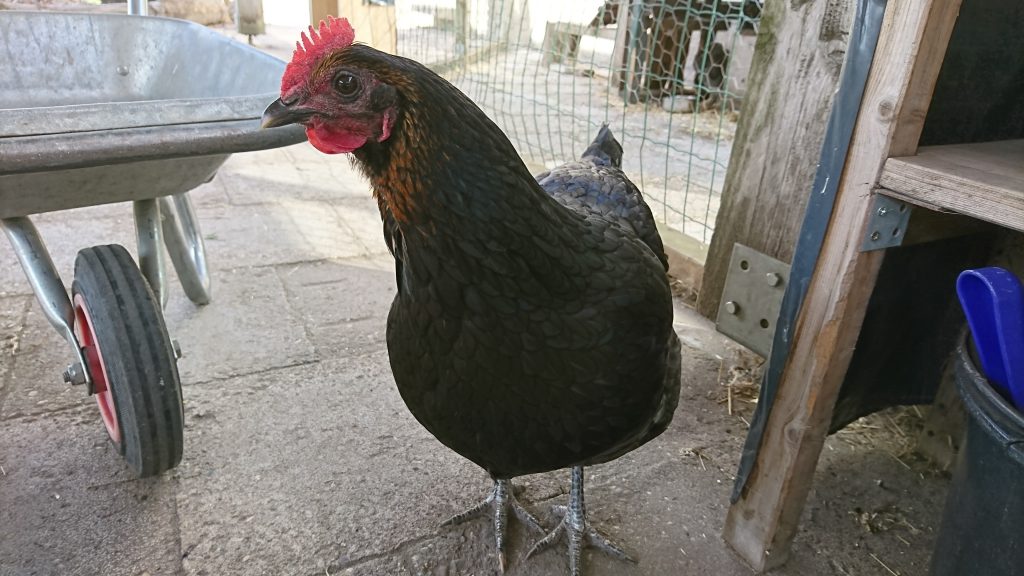
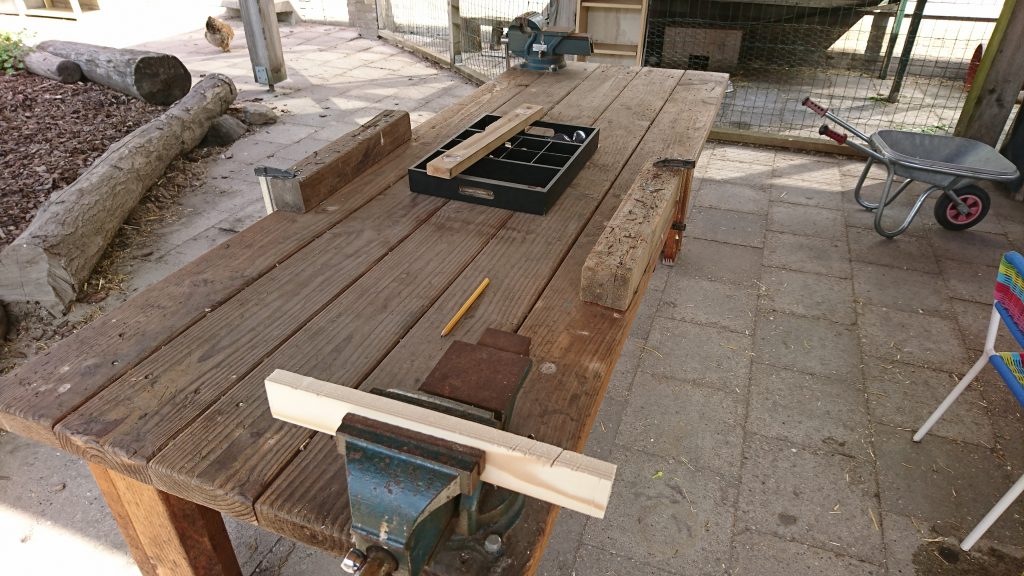
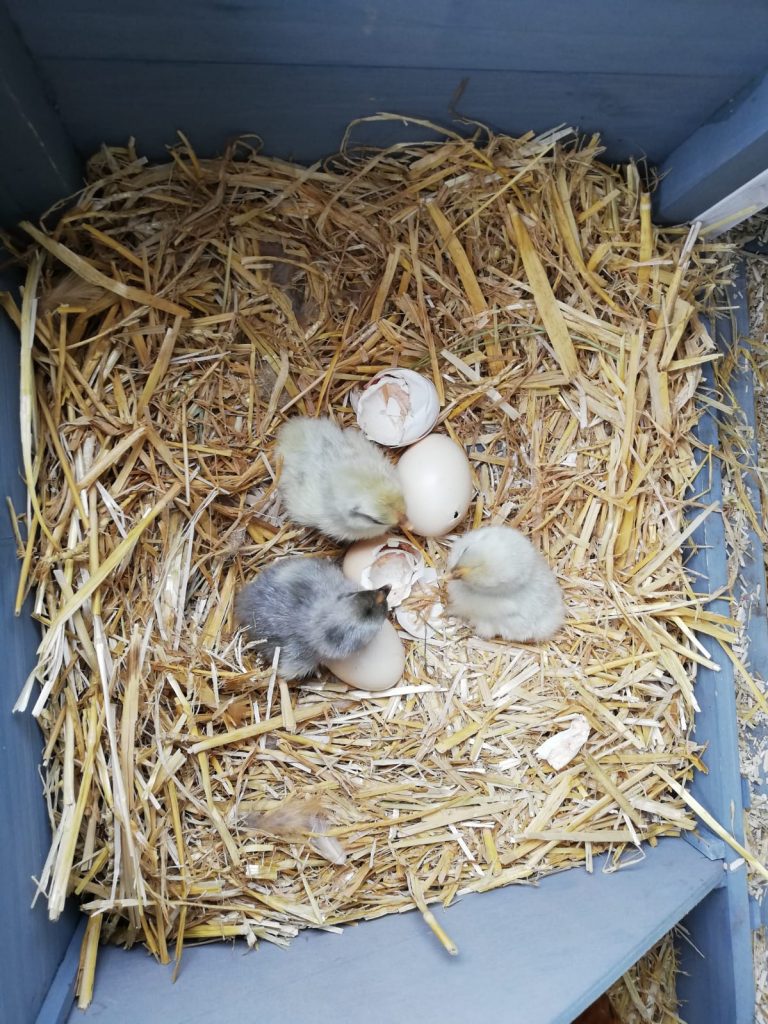

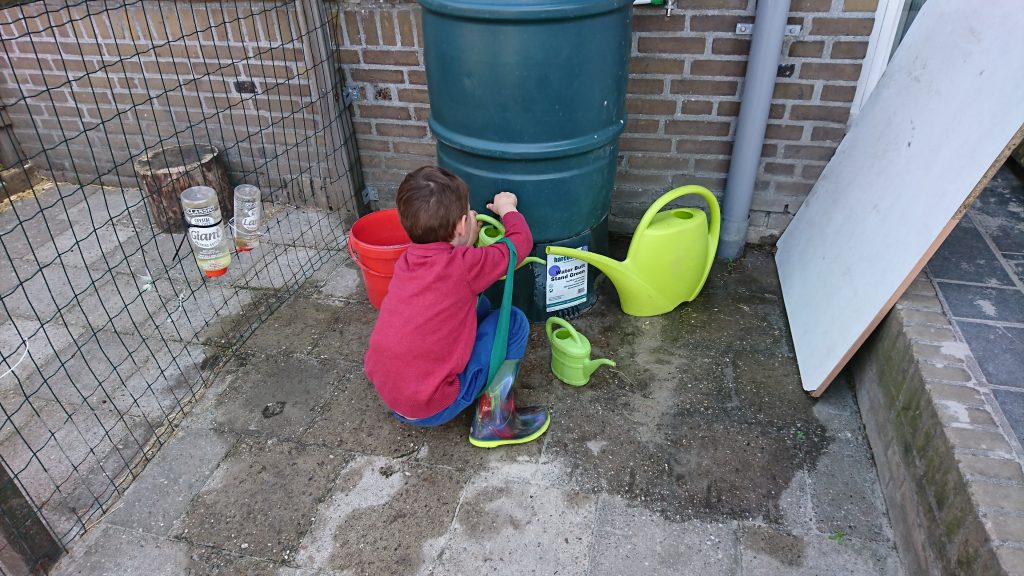
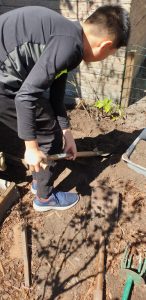 In comparison, during their final three years at Casa in the Upper Elementary, the children have higher expectations for themselves in what they can do in their outside environment and science centre, and their projects are done in a more ‘professional’ manner.
In comparison, during their final three years at Casa in the Upper Elementary, the children have higher expectations for themselves in what they can do in their outside environment and science centre, and their projects are done in a more ‘professional’ manner.
Each project follows a procedure:
- Making a clear plan,
- Placing an order with the guide for materials,
- Following the plan and completing the project,
- Reflecting on the project.
These projects can be bird houses, science experiments, or in the case of one student, building a thermal seesaw (see video below).

In addition, the children of the Upper Elementary are ultimately responsible for the animals. Students in their final year at Casa may apply for the position of having this responsibility which includes:
- Making sure the younger students do a good job in caring for the animals,
- Placing orders for the food and other items the animals need,
- Teaching the other students what they need to do,
- Evaluating how the other students are doing,
- And making sure the animals are cared for during breaks by making sure others who have the total package will care for them, or by bringing them home, if possible, during periods that the school is completely closed.
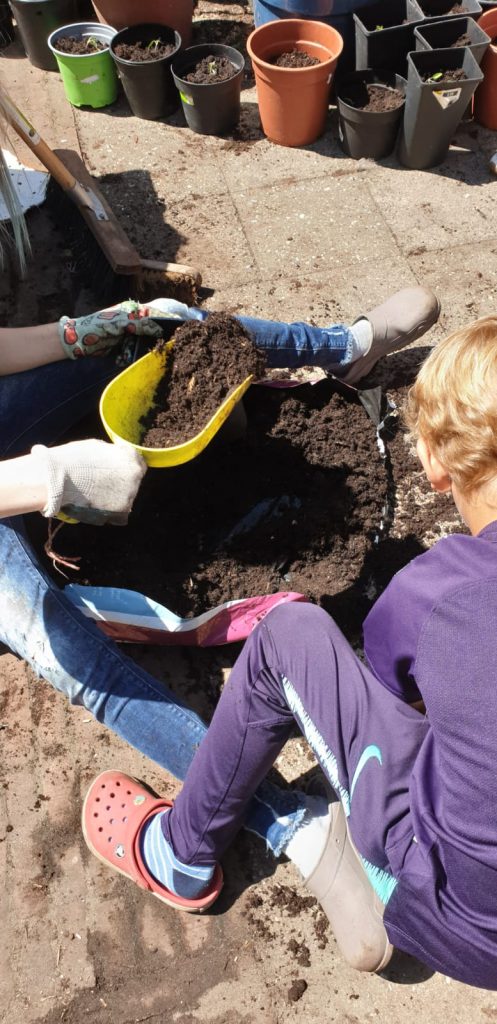

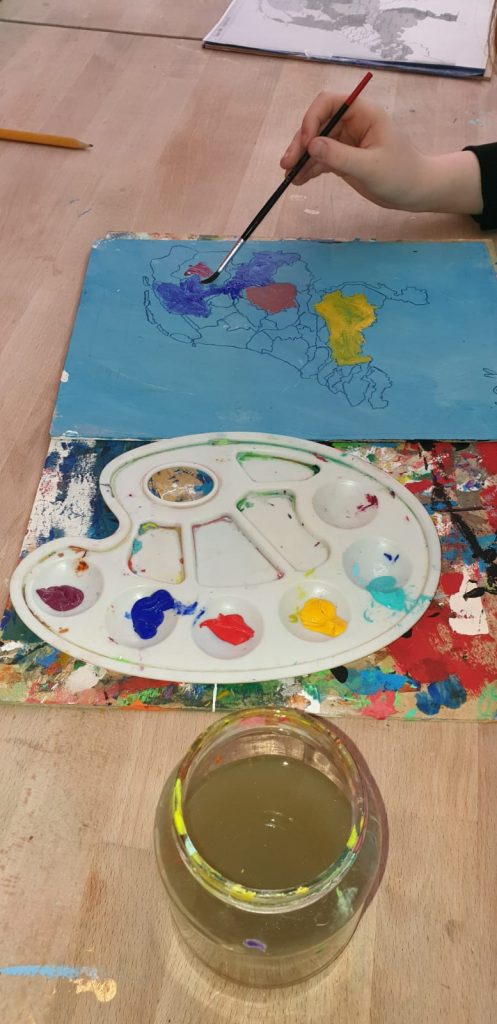
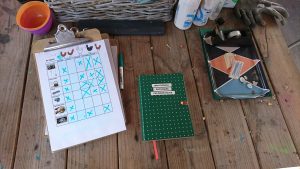
The activity guide's most important role is to prepare the environment and to observe the children at work.
This includes keeping the environment clean, well organised, and enticing.
These guides watch the children work and react based on what queues they give:
- Are they ready for a new challenge?
- Do they need additional guidance?
- Should the guide intervene for the child's safety?
They also adjust the environment to further stimulate the imagination of the children, and encourage them to keep wanting to learn more.
In the Upper Elementary, the guide takes a further step back and tries to remain as hands-off as possible.
The children are expected to think for themselves and discuss with each other to come to a solution for their problems.
At this point the guide's role is to:
- Assist them as they plan ahead for their projects by make a suggestion or pointing them in the direction of new ideas,
- Steer them with questions as needed to have them think more deeply,
- Point them towards a colleague who may be able to assist them,
- Step in only if they perceive a safety issue,
- And track the progress of the children in our records system.
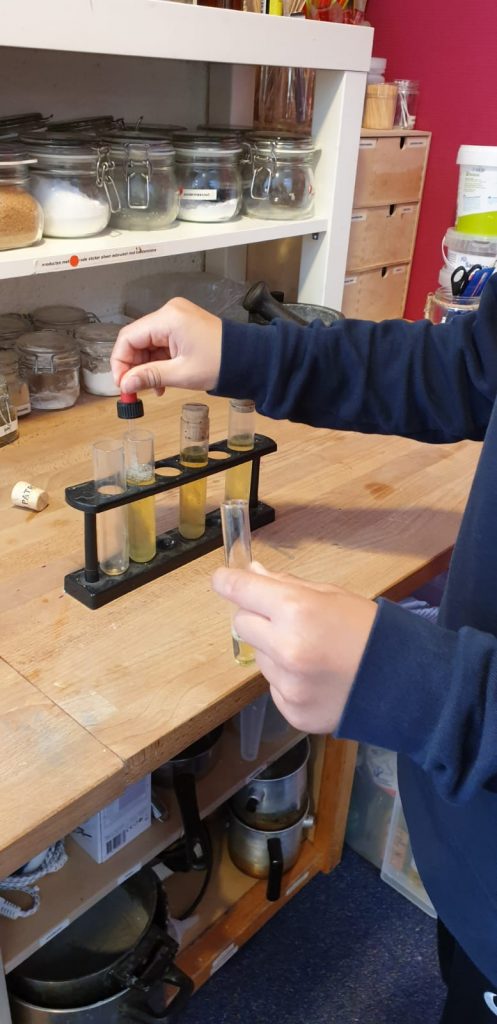
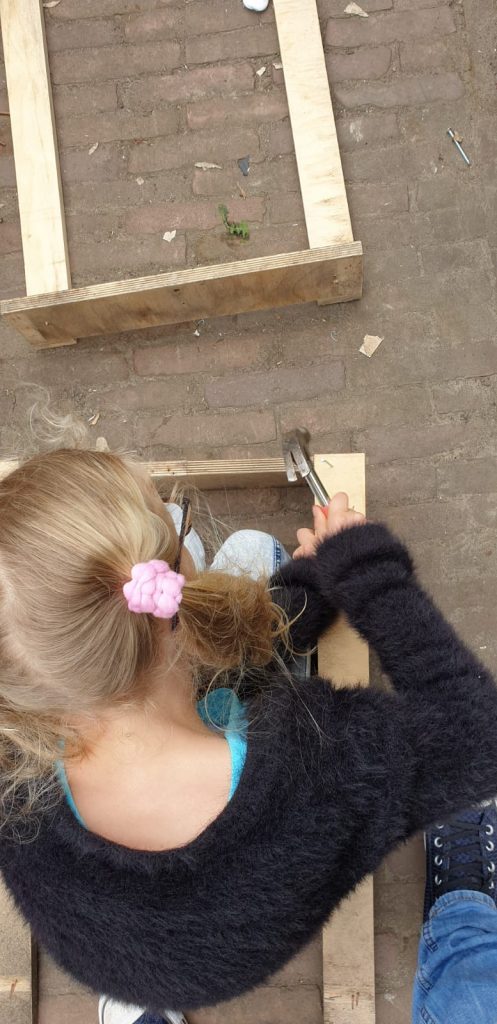
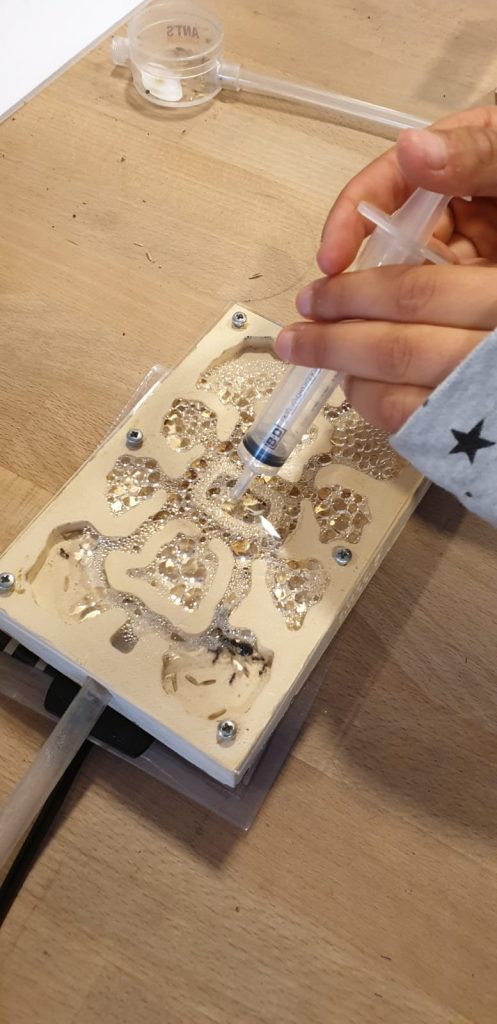
In this way, Casa hopes to always keep the children thirsty for knowledge, feeling responsible for the environment, and provided with all the tools they need to move forward and grow as world citizens.
Our Upper Elementary children wanted to share their own pieces about the Science Centre
I like the science classroom very much, because you can do experiments such as research on DNA, making soap and much more. You can also do crafts and research things for your project in the classroom, for example. I like to take care of the animals (we have chickens, turtles, snails and ants) or to cuddle with the chickens. Ants, that may sound a bit boring but actually they are very interesting because the ants make different rooms e.g. a room for the food, and the ants that have died are moved to a separate room just like the eggs.
- Sterre (Translated from Dutch)

"In the science center we can do experiments, think of things to make / do crafts. I like that a lot. You can also take care of the animals. We have two chickens that lay eggs, and one of them is hatching eggs for even more chickens. We also have an Axelot! (a beautiful beast) and an ant colony! In our "Casa garden" there are plants, trees and flowers. As you can see there is enough (fun things) to do!"
- Nienke
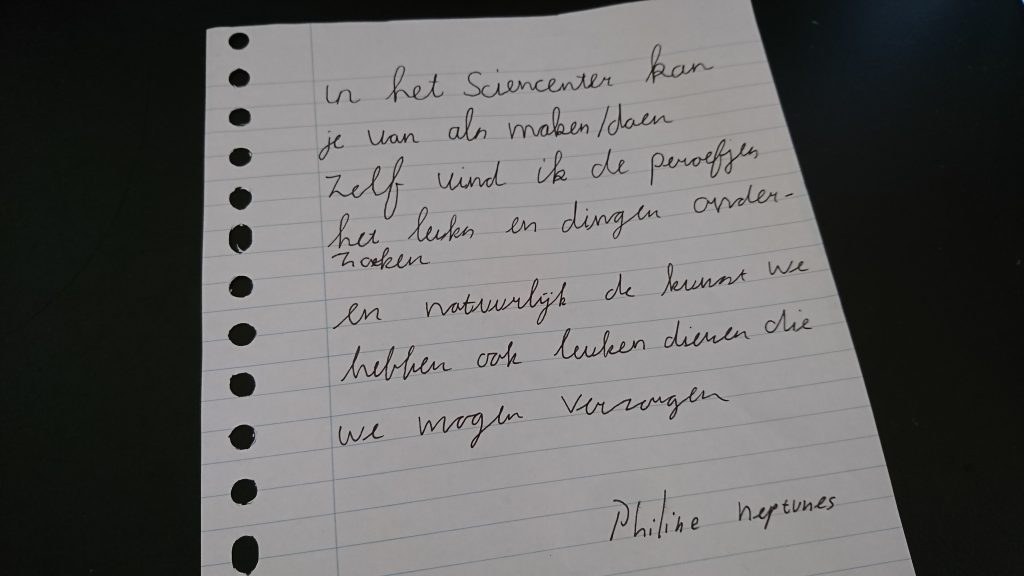
"In the science center you can make / do anything. I like the experiments more and researching things and of course art. We have nice animals that we are allowed to take care of."
- Philine
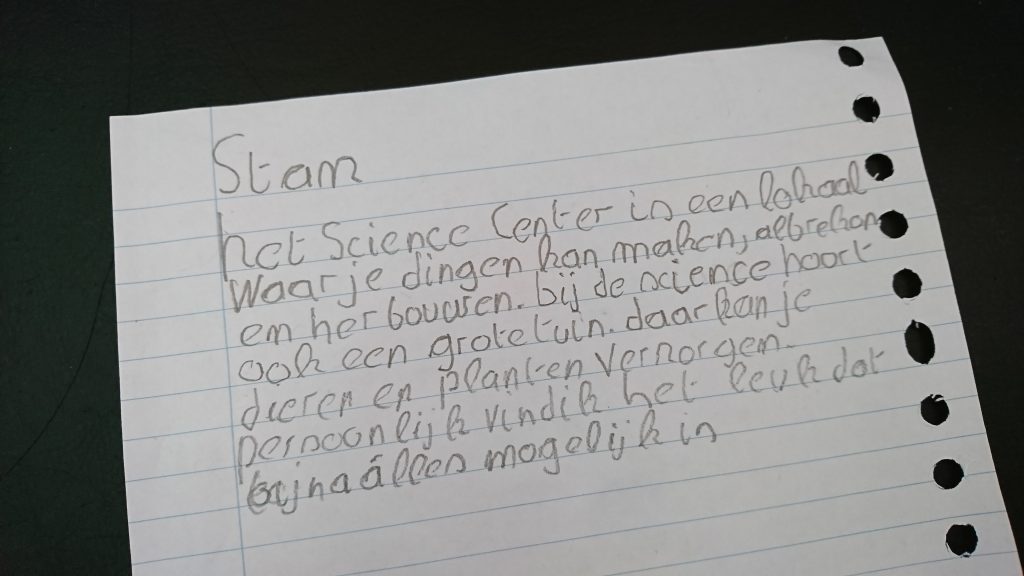
"The science center is a place where you can make, break down and rebuild things. Science also includes a large garden. There you can take care of animals and plants. Personally, I like the fact that almost anything is possible."
- Stan

"I really like science. You can make things, break them down and rebuild them. You can take care of the chickens and the axolotl and it's also a garden so there's plenty of choice. What I like best? Almost everything. I really can't choose."
- Sean